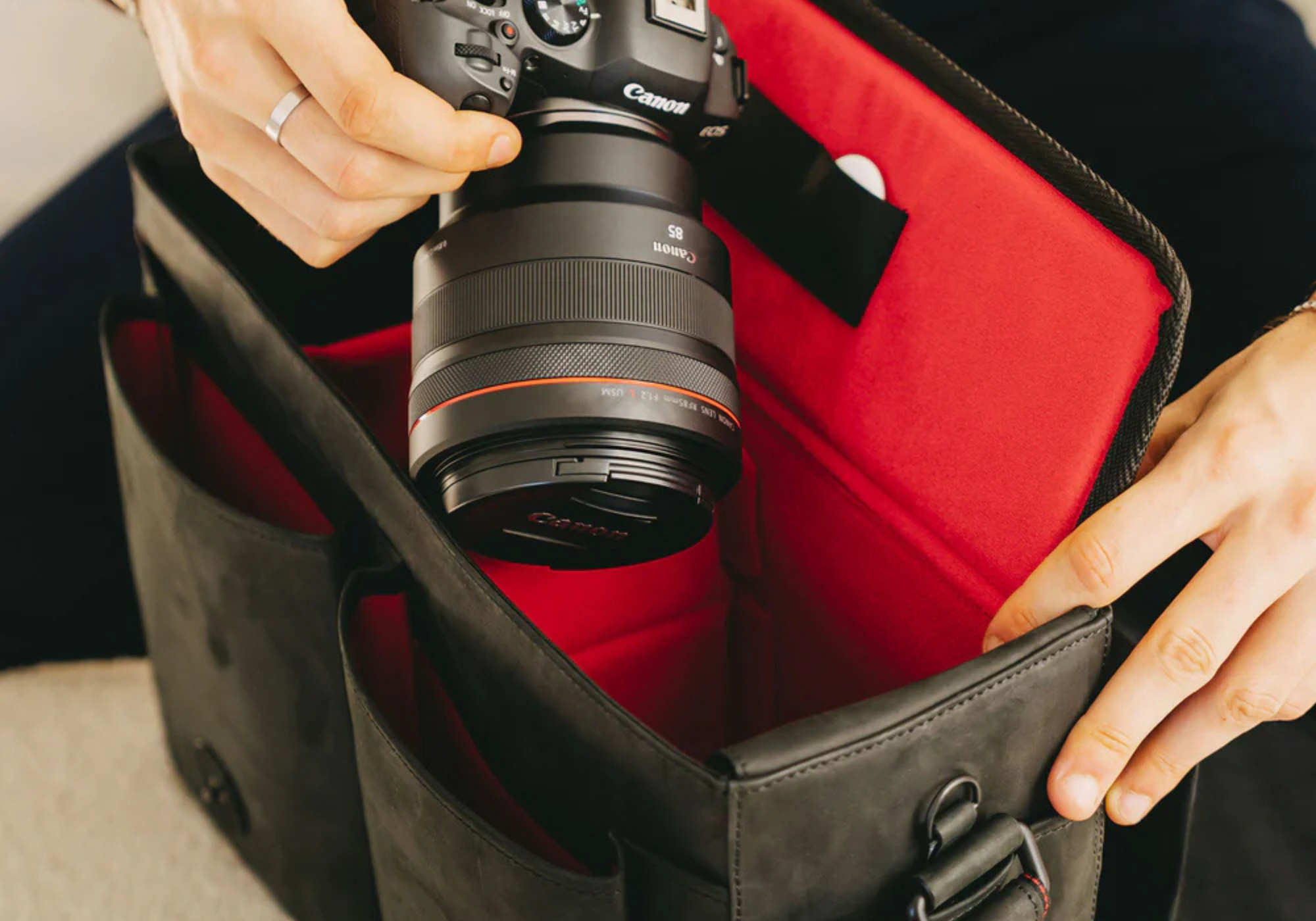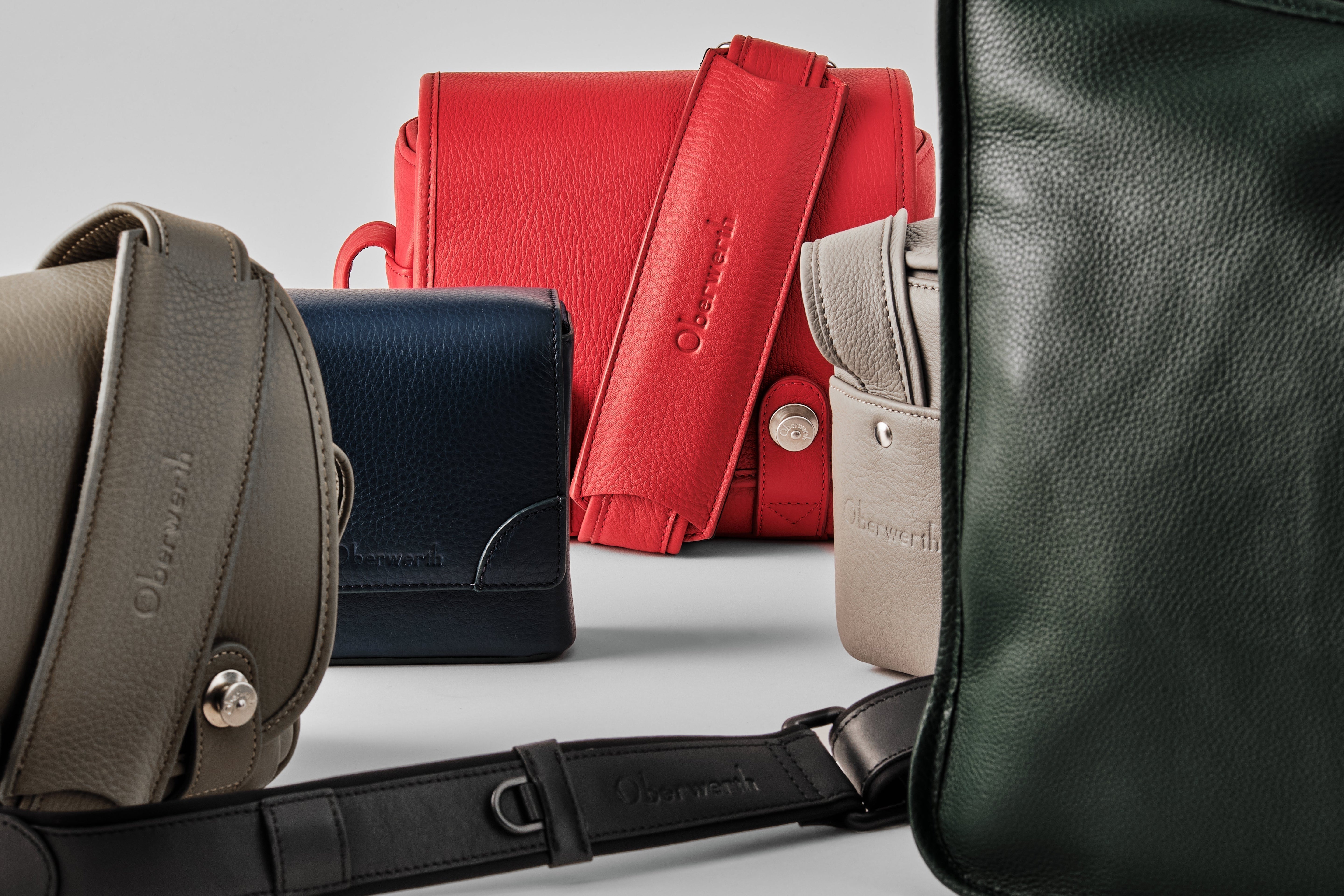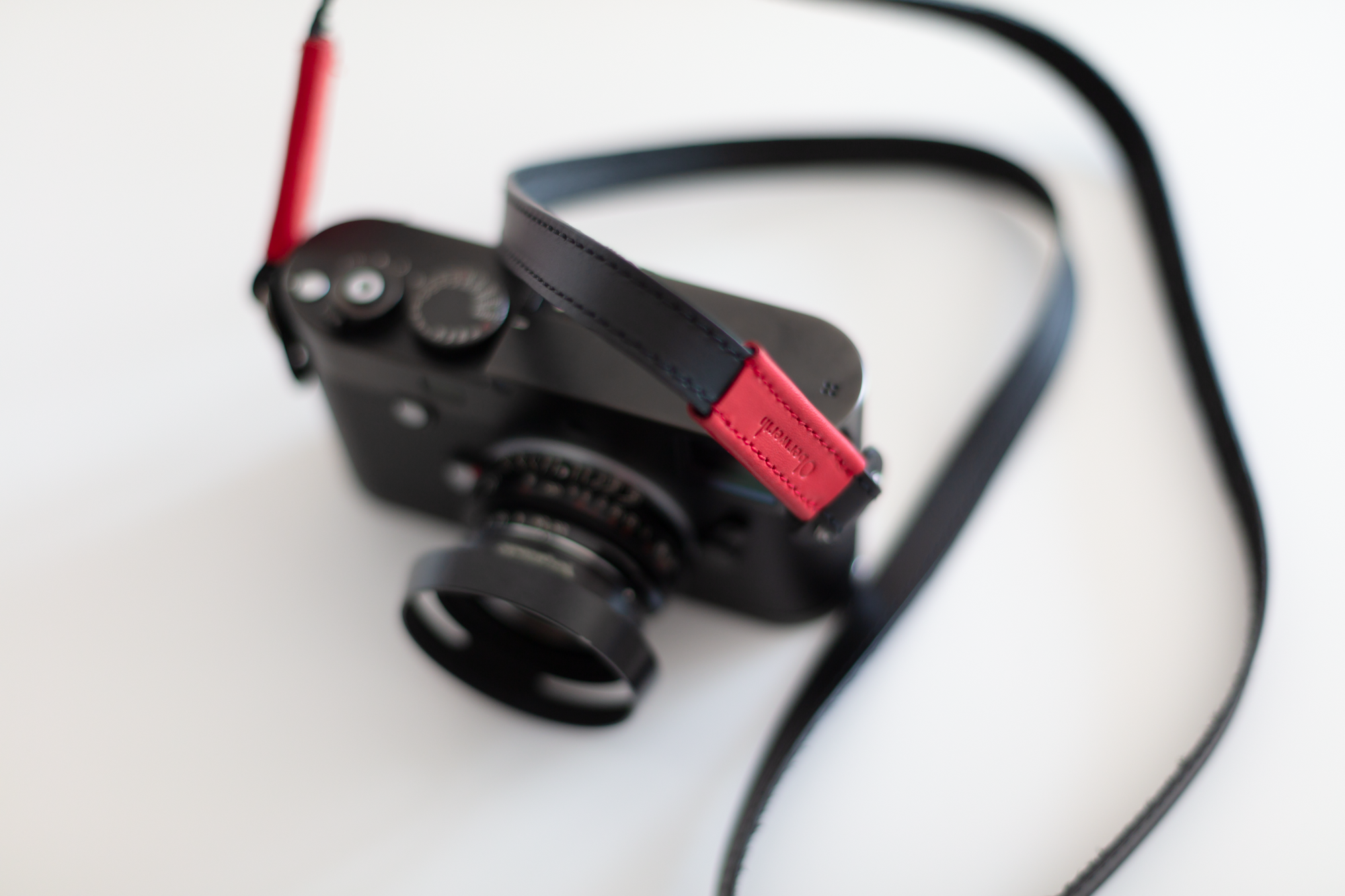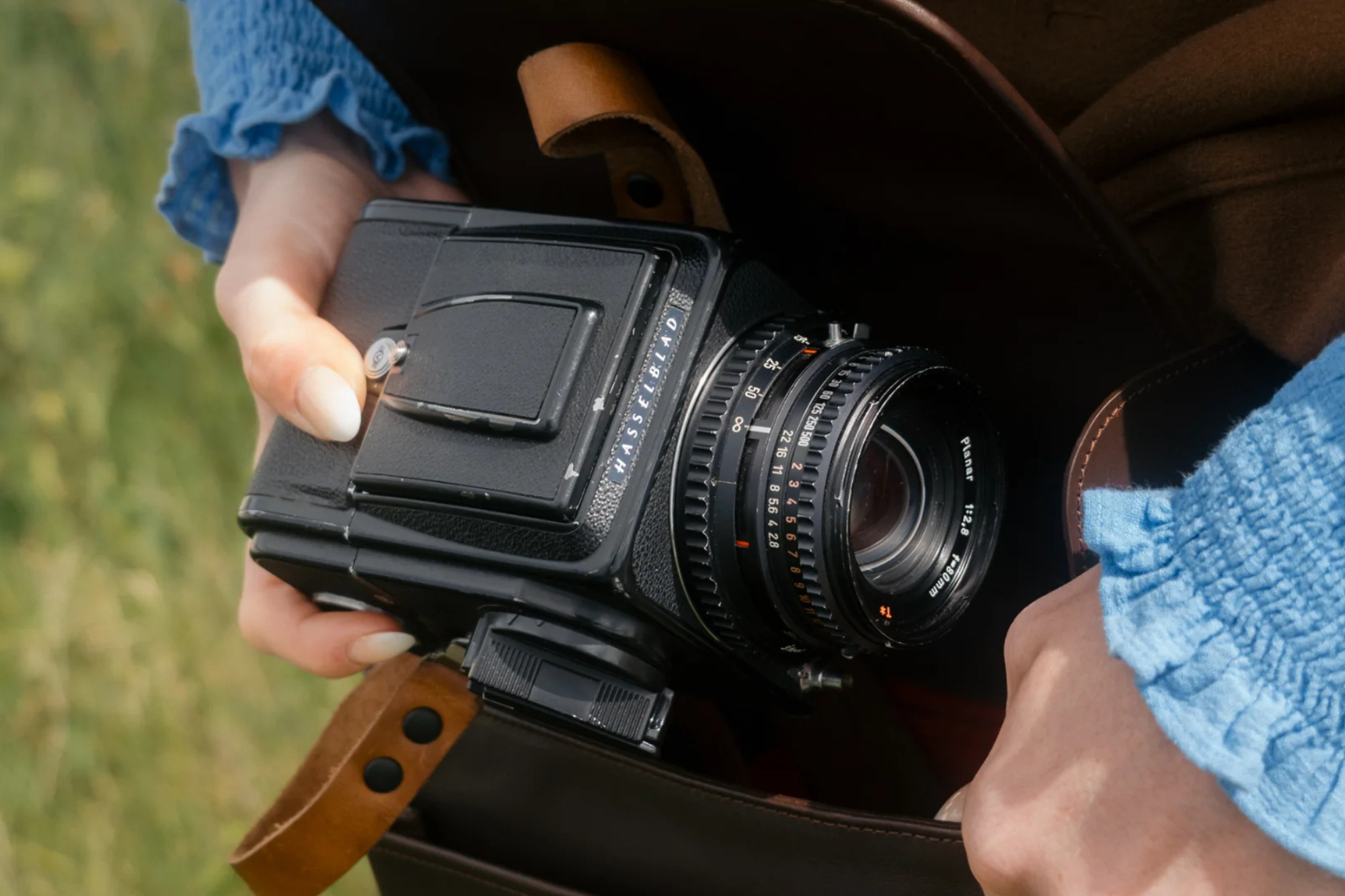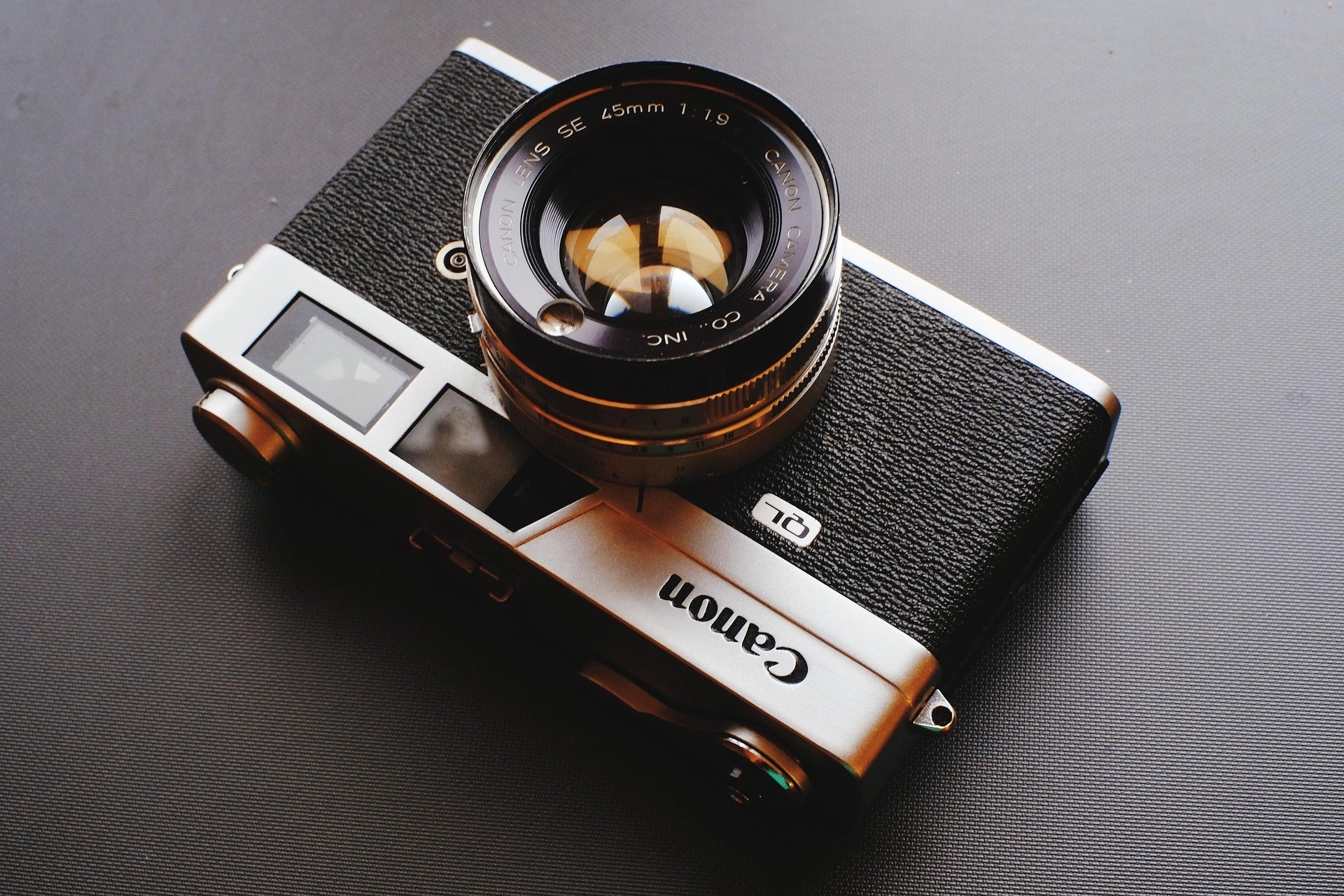
Canon's compact cameras: when portability meets quality
If a camera needs to be small and light and at the same time meet high quality standards, Canon compact cameras are among the most interesting options on the market. In this device category, the Japanese manufacturer delivers accurate AF, clearly structured menus and a modern JPEG engine as well as Picture Styles, which ensure convincing skin tones and colors even without extensive post-processing. Solid features and a reliable workflow with the Canon Camera Connect app are also included.
Canon compact cameras in the premium segment
The return of the G7 X Mark III and SX740 HS, for example, shows that interest in Canon compact cameras is unbroken. The two popular models were actually supposed to be discontinued. However, Canon responded to the consistently high demand for the products in the second half of 2025 and has now made production capacity available again. The PowerShot G7 X Mark III, for example, is popular with creators and even enjoys a certain cult status on social media. The camera is lightweight, compact and delivers sharp 4K images and videos at 120 frames per second. The latter enables smooth slow-motion shots. The SX740 HS, on the other hand, offers a 40x zoom for your jacket pocket. So if you are primarily looking for range and less for maximum cropping, this is a camera for travel photography with a powerful zoom.
For those traveling light, a compact leather travel bag such as the Weekender Nelson is the ideal complement. It protects your camera securely while remaining handy and elegant - perfect for always having your equipment to hand, whether you're in the city or traveling.
When it needs to be even handier: PowerShot V10
Portability is one of the decisive arguments for compact cameras. With the PowerShot V10, Canon offers a model that is truly pocketable. The camera has a vertical one-handed design and weighs barely more than 200 g. The BSI CMOS used here has a significantly larger surface area than is typical for phone sensors. It therefore collects more light per pixel, produces less noise and achieves greater dynamic range. The DIGIC X image processor originally comes from the EOS R cameras and enables image processing in 4K, among other things. The functions also include internal corrections such as compensation for lens errors. The target group includes those who are interested in modern Canon photography in a compact format with the smallest possible setup. Shooting is possible here without a lot of technical baggage - for travel photography or live streaming, for example. The wide angle is fixed and there is no zoom option. The model is therefore less suitable for distant subjects or extreme cropping. On the other hand, the Canon PowerShot V10 has a real micro input.
Uncomplicated point-and-shoot with the PowerShot ELPH 360 HS
The PowerShot ELPH 360 HS returns with an A version. The original model dates back to 2016, and the popularity of the camera is mainly due to social media, where the retro digicam has generated a lot of enthusiasm. In Europe, the model is marketed under the name IXUS 285 HS A. The A version of the camera has not undergone a technical upgrade, the hardware has remained identical. The decisive factor here is the return to the market. The camera is deliberately kept simple with high portability. Considering the format, the zoom is decent. The uncomplicated operation is particularly noticeable when traveling or for photography in between, for example at family celebrations. The IXUS 285 HS A certainly owes its popularity to its no-frills retro design. It is clear at first glance that this camera is not overloaded with a multitude of buttons and functions. The 12x zoom ranges from 25 to 300 mm at f/3.6-7.0. The features include optical stabilization and Intelligent IS with Enhanced Dynamic IS for videos. The latter corrects over several axes and counteracts camera shake when walking and is intended for wide-angle shots.
Flexibility is crucial for spontaneous moments. A lightweight shoulder bag with a clear structure ensures that your camera is immediately at hand - and that it remains safely stowed away after the shoot. Timeless in design, functional in use.

It's the compact design that counts
It should be clear from the descriptions so far that photographers do not have to compromise on quality with a Canon compact camera. But when exactly is a camera considered to be "jacket pocket-compatible", for example, and therefore really suitable for photography on the move? Only if the camera is compact enough can it serve as a useful replacement for a smartphone. The decisive factor here is not so much the footprint, but rather the depth of the device when the lens is retracted. 40 mm can serve as a guideline. The G7 X-Class, for example, fulfills this requirement. The cameras are generally somewhat thicker when a larger zoom is required. On the other hand, you are also somewhat more flexible with a high-zoom model. It is important that the front still has a good grip. Canon's designs have proven themselves here. Despite good portability, operation is not too fiddly.
Integrated features that save on accessories
Many G models and the V10 from Canon have built-in ND filters. If such a feature is already integrated into the camera, you do not need to carry any extra accessories. There is no need for a screw-in filter. Macro capability is also typical of Canon compact cameras. Some models focus in the wide-angle zoom about one to five centimetres in front of the front lens and therefore surprisingly close. This means that you don't need a special macro lens as an accessory for food, decorative and detail shots, for example. And this saves space in your travel bag.
Camera Connect App
If you want to use a portable camera from Canon, you will inevitably come across the Camera Connect app in the compact camera test. This is one of the manufacturer's greatest strengths and defines Canon camera quality significantly. Thanks to this software, the images are quickly and reliably transferred to the smartphone after shooting. The user can either transfer a reduced preview or the photos in full quality. Images can be selected, saved and shared more easily thanks to the Camera Connect app.
Anyone looking for a camera for on the go should also think about the transfer strategy. Although RAW contains all the raw data, it is not suitable for quick transfer to a mobile device. A combination of RAW and JPEG has proven itself here. The RAW files remain on the camera for the time being and you transfer them in JPEG format using the Camera Connect app to preview them on your smartphone, for example. This is particularly quick if you use the reduced JPEG option in the app. As soon as a WLAN is nearby again, the camera connects to it and makes a backup in the cloud (image.canon). This depends on the model.
A high-quality leather organizer is worthwhile to ensure that your memory cards and small items are always safely stowed away. Compact, elegant and functional, it reliably protects memory cards, batteries or filters - an indispensable accessory for on the go.








